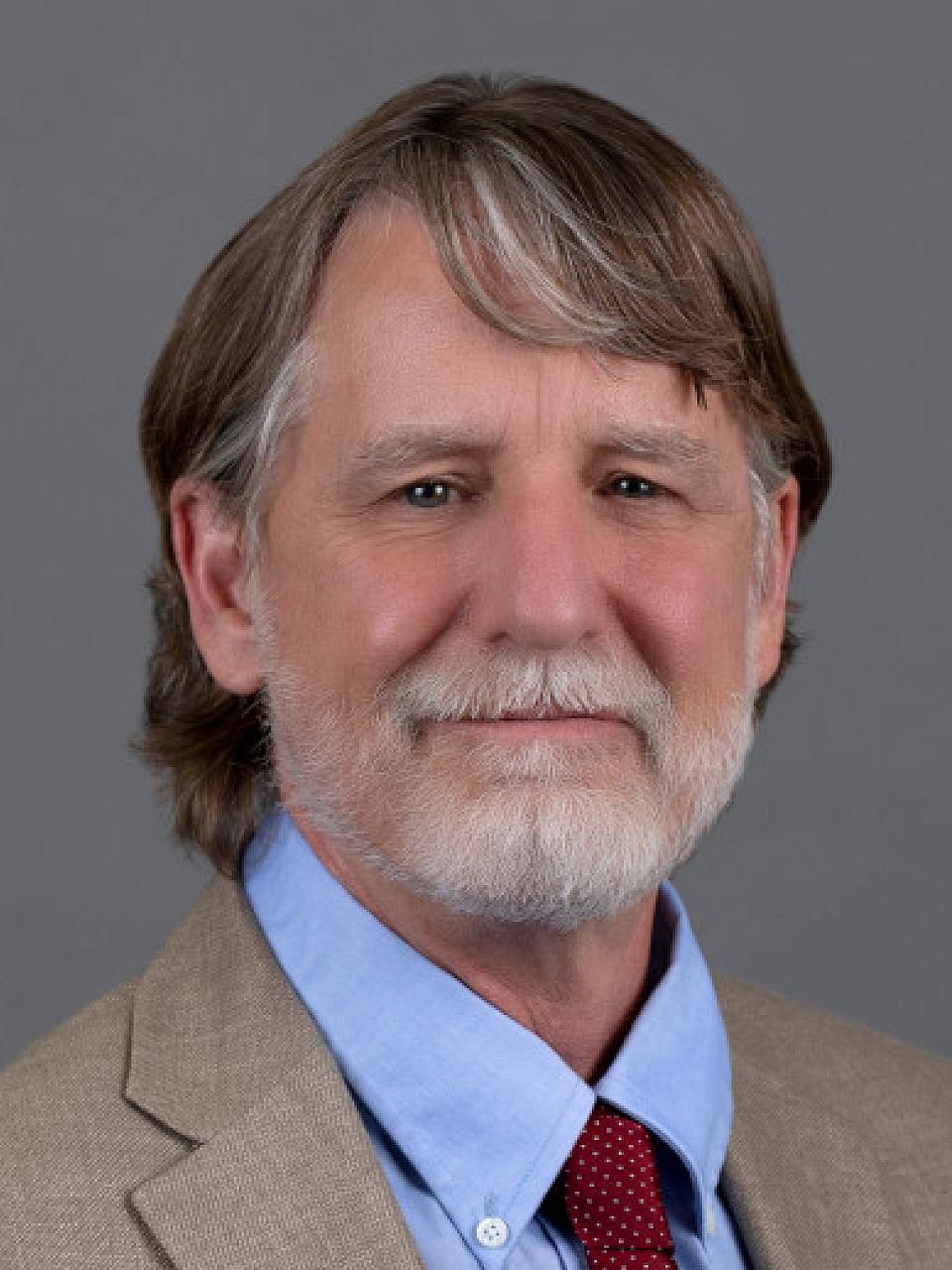Voices of U of U Health
Expanding Perceptions of Public Health
What do controlling infectious diseases and improving diet have in common with seat belts and water quality? They’re all matters of concern for practitioners and scholars of public health.
More Than Infectious Disease Control
As the world navigated a global pandemic over the last few years, perception of public health became skewed. It was often reduced to a narrow definition: infectious disease control. But the field of public health is much more than the management of a virus.
Public health colors the canvas of humanity with broad strokes. It aims to create and implement programs and develop policies that improve quality of life on a very basic level for everyone.

Alleviating Negative Impacts on Societies
Conceptually, public health can be visualized as many concentric circles—each overlapping and intersecting with professions in the medical field and beyond. Some of the most challenging situations occur when societies reach the limits of their resources or experience.
Public health practitioners develop strategies to alleviate negative impacts on the health of people within those societies. They rely on professionals in fields from engineering and communication to government and nutrition—and many others—to apply data and practices that support the overall health of communities and individuals.
This can look like commonly known public health recommendations such as vaccinations or wearing a mask when ill to control disease spread. But it also touches our daily lives through things like fluoridated water or the locations of grocery stores, health clinics, and parks.
Other examples include the fact that seat belts are now standard in vehicles and flu shot clinics are fixtures during colder months. Recently, the U.S. Surgeon General issued advisory warnings about social media due to data suggesting negative impacts on mental health.
These issues, at least in part, fall under the umbrella of public health because they are related to the health and well-being of the general population.
Enabling People to Make Healthy Choices
Medical professionals like doctors and nurses treat individual patients. As part of this, practitioners try to assess certain aspects of patients' lives that may contribute to symptoms. They may ask about food security or access to transportation and screen for mental health issues or geographically common ailments such as diabetes or asthma.
Public health works from the broader end of that spectrum—conceptualizing local, national, and global populations as “the patient.” It uses large data sets to make recommendations that end up benefiting both communities and individual patients.
The aim is to give people the ability to make healthy choices as individuals, which then contributes to a better quality of life for their families and communities.

Awareness and Research
Many—if not most—public health efforts fly under the radar. This work prevents major health issues for our population through coordinated efforts. Examples include anti-smoking campaigns to prevent lung cancer or the introduction of fluoridated water to prevent tooth decay.
These efforts are successful when fewer headlines herald major disease outbreaks, epidemics, or manmade disasters.
Research also plays an important role. Today, urban planners might use public health research to incorporate more green space. Similarly, parents who have a child with asthma may use the data to evaluate air quality in and out of their home to improve their child’s quality of life.
I’ve applied public health principles in my own work as an engineer. My research analyzes human exposure to chemical and microbiological hazards in the environment. As we track data and results, we can use mapping techniques to model environmental contaminants and link them to health outcomes.
An Evolving Field
As the world evolves, so does the field of public health. Ongoing data collection and advanced technologies like artificial intelligence shape our work and pave the way for meaningful change.
As we better understand current issues, we will continue to predict outcomes and create positive momentum for a healthier future.
